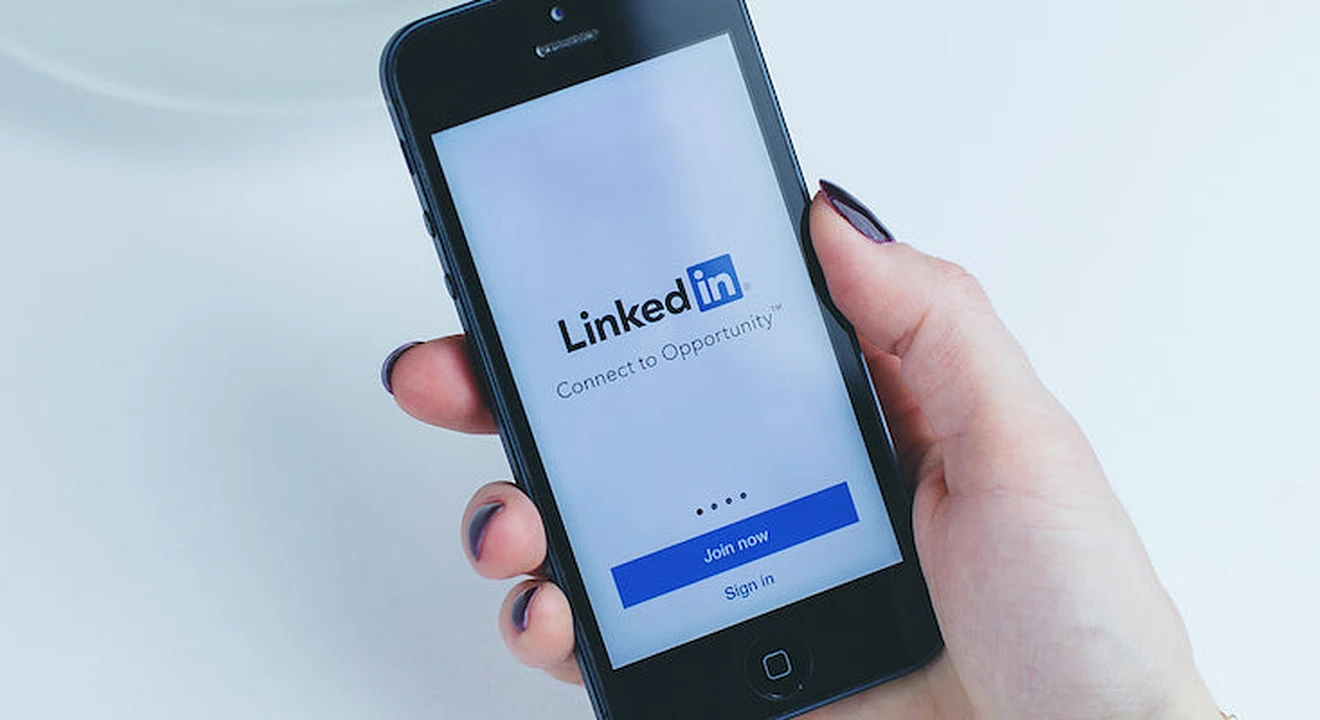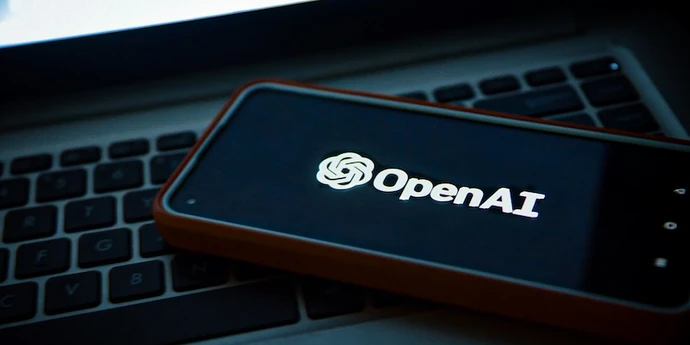PM interviews are really challenging. The questions are difficult, specific to LinkedIn, and cover a wide range of topics.
The good news is that the right preparation can make a big difference and help you land a Product Manager job at LinkedIn. We have put together the ultimate guide to help you maximize your chances of success.
Here's an overview of what we will cover:
Click here to practice with PM ex-interviewers
1. Interview process and timeline ↑
1.1 What interviews to expect
What's the LinkedIn product manager (PM) interview process and timeline? It takes four to eight weeks on average and follows these steps:
- Resume screening
- HR phone screen: one interview
- PM phone screen: one to two interviews
- PM on-site: three to four interviews
Resume screening
First, recruiters will look at your resume and assess if your experience matches the open position. This is the most competitive step in the process, as millions of candidates do not make it past this stage.
You can use this free guide to help tailor your resume to the position you’re targeting.
And if you’re looking for expert feedback, you can also get input from our team of ex-FAANG recruiters, who will cover what achievements to focus on (or ignore), how to fine tune your bullet points, and more.
HR phone screen
Next, the LinkedIn interview process usually starts with a recruiter call. They are looking to confirm that you've got a chance of getting the job at all, so be prepared to explain your background and why you’re a good fit at LinkedIn. You should therefore mainly expect behavioral questions like, "Tell me about yourself," "Why LinkedIn?" or, "Tell me about a product or feature you launched from start to finish."
PM phone screen
If the interview goes well, the recruiter will then organize one or two phone screens for you with LinkedIn PMs. From that point onward, you can expect four types of questions: product design, data analysis, behavioral, and strategy questions (more on that below). LinkedIn doesn't ask coding or technical system design questions during its PM interview process.
PM on-site
Finally, you will go on site for three or four interviews with more senior LinkedIn employees. Most of your on-site interviewers will be senior product managers, but you might also get one interview with someone from another team (e.g. engineering manager, data science manager, etc.).
Note: if you are interviewing for a product leadership position (VP, Director, Group PM), learn more about the process and how to prepare here.
1.2 Improve your LinkedIn profile
LinkedIn recruiters and interviewers will look at your LinkedIn profile throughout the process. You therefore need to make sure it's as good as it can be to maximize your chances.
The objective of a LinkedIn profile is similar to that of a product manager resume. You should aim to summarize your experience in a way that shows you've got the skills of a great PM. Here are a few tips to get you started:
- Make sure your experience and summary are up-to-date
- Focus your description on PM skills
- Use action verbs for all bullet points
- Quantify your impact whenever possible
- List PM competencies in Skills & Endorsements
- Ask for recommendations
- Add LinkedIn as one of your Interests
- Follow Product Management leaders
- Comment on Product articles published by others
We also recommend the following article for more generic advice on improving your LinkedIn profile.
2. Example questions ↑
The main difficulty with PM interviews at LinkedIn is that you will be asked a wide range of questions. We've grouped them in four buckets and analyzed how frequently they were asked by LinkedIn using questions reported by former candidates on Glassdoor.com.
Here are the results:
- Product design questions (50%)
- Data analysis questions (22%)
- Behavioral questions (18%)
- Strategy questions (10%)
Let's step through each type of question, take a look at a few examples, and briefly discuss why LinkedIn asks these questions.
2.1 Product design questions (50%)
A core task for PMs is to help design new product features and improve existing ones. It's therefore not surprising that design questions make up about half of the questions LinkedIn interviewers ask.
These questions assess your customer empathy, creativity, and ability to use a structured approach to design products. Here are a few questions LinkedIn has asked in the past.
For more information, check out our articles on how to answer product design questions, product improvement questions and the favorite product question in PM interviews.
Example product design questions asked by LinkedIn
- What's a product you love / hate and why?
- What's an onboarding process you love / hate and why?
- What's a LinkedIn feature you love / hate and why?
- How would you improve LinkedIn?
- How would you improve LinkedIn's Endorse feature?
- How would you improve LinkedIn's User / Business profile page?
- How would you improve LinkedIn's Onboarding process?
- How would you improve LinkedIn Messenger?
- How would you improve LinkedIn Jobs?
- How would you improve Enterprise engagement on LinkedIn?
- How would you design an app to search for apartments to rent?
2.2 Data analysis questions (22%)
PMs need to identify success metrics for their projects and use them to deliver results. They also have to conduct A/B tests to determine what design alternatives provide the best results.
Data analysis questions are therefore the second most common type of question in LinkedIn PM interviews. These questions range from how to set success metrics for projects, to how to design A/B tests.
For more information, check out our article on how to answer metric questions.
Example data analytics questions asked by LinkedIn
- How would you measure the success of the LinkedIn Skills & Endorsements feature?
- How would you measure the success of a new LinkedIn Search feature?
- How would you improve retention for LinkedIn Premium?
- How would you A/B test a new LinkedIn feature like "People you may know"?
- How would you get Sales Professionals to post more links on LinkedIn?
- What would you show on the top right of the page, Sponsored Ads or People you may know?
- You launched a new signup flow to encourage new users to add more profile information. The percentage of people who add additional profile information increased by 8%. However, seven-day retention decreased by 2%. What do you do?
2.3 Behavioral questions (18%)
As in most interview processes, you'll also need to answer behavioral interview questions. These questions tend to fall into three categories:
- your motivation to work at LinkedIn and as a PM
- your past experiences
- your understanding of what good PMs do and don't do
These questions aren't particularly hard compared to some of the other ones we are listing in this article and are sometimes overlooked by candidates. So, it's worth spending some time to prepare answers for them to build a small edge against other applicants.
For more information, check out our article on how to answer behavioral interview questions, which focuses primarily on Facebook behavioral questions but can be applied to any company.
Example behavioral questions asked by LinkedIn
- Why LinkedIn? (sample answer from Amazon interviews)
- Why this PM position?
- Tell me about yourself
- Tell me about your greatest achievement as a product manager
- What are your two main product management principles?
- At what point is the product ready for production?
For even more practice, check out our guide on PM behavioral interview questions, which includes sample answers to the top 8 most commonly asked.
PMs are responsible for setting the product vision and the roadmap to deliver it. In other words, they're in charge of product strategy. In your interviews, you'll therefore be given strategic questions to discuss with your interviewer.
These questions assess if you're comfortable thinking about the wide range of aspects good PMs need to take into account when making product decisions. This includes competition, pricing, marketing, time to market, etc. Thinking through all these aspects requires creativity and a structured approach.
For more information, check out our article on how to answer strategy interview questions.
Example strategy questions asked by LinkedIn
- If you were a VC, would you be more bullish on AR or VR?
- If you were the CEO of Facebook, what are the top three things you would do for the company?
- How would you pitch Microsoft's CEO that they should purchase LinkedIn?
3. Preparation tips ↑
Now that you know what questions to expect, let's focus on preparation.
Below, you’ll find links to free resources and four introductory steps to help you prepare for your LinkedIn PM interviews.
3.1 Deep dive into the product / organization
As you've probably figured out from the example questions listed above, you can't become a PM at LinkedIn without being familiar with the company's products and its organization. You'll therefore need to do some homework before your interviews.
Here are some resources to help you get started with this:
- Microsoft annual report, (by Microsoft which owns LinkedIn)
- LinkedIn values and culture, (by LinkedIn)
3.2 Learn a consistent method for answering PM interview questions
As mentioned previously, LinkedIn will ask you questions that fall into certain categories like behavioral, design, strategy, estimation, and metric questions. Approaching each question with a predefined method will enable you to build strong interview habits.
Then, when it comes time for your interviews, these habits will reduce your stress and help you to make a great impression.
If you’re just looking for a jumping-off point, you can start learning about the different question types you’ll need to master in the following blog articles:
- Behavioral questions
- PM interview questions
- Product design questions
- Product improvement questions
- Favorite product question
- Strategy questions
- Metric questions
- Technical questions
- Estimation questions
- Prioritization questions
Once you’re in command of the subject matter, you’ll want to practice answering questions. But by yourself, you can’t simulate thinking on your feet or the pressure of performing in front of a stranger. Plus, there are no unexpected follow-up questions and no feedback.
That’s why many candidates try to practice with friends or peers.
3.3 Practice with peers
If you have friends or peers who can do mock interviews with you, that's an option worth trying. It’s free, but be warned, you may come up against the following problems:
- It’s hard to know if the feedback you get is accurate
- They’re unlikely to have insider knowledge of interviews at your target company
- On peer platforms, people often waste your time by not showing up
For those reasons, many candidates skip peer mock interviews and go straight to mock interviews with an expert.
3.4 Practice with experienced PM interviewers
In our experience, practicing real interviews with experts who can give you company-specific feedback makes a huge difference.
Find a LinkedIn product manager interview coach so you can:
- Test yourself under real interview conditions
- Get accurate feedback from a real expert
- Build your confidence
- Get company-specific insights
- Learn how to tell the right stories, better.
- Save time by focusing your preparation
Landing a job at a big tech company often results in a $50,000 per year or more increase in total compensation. In our experience, three or four coaching sessions worth ~$500 make a significant difference in your ability to land the job. That’s an ROI of 100x!















